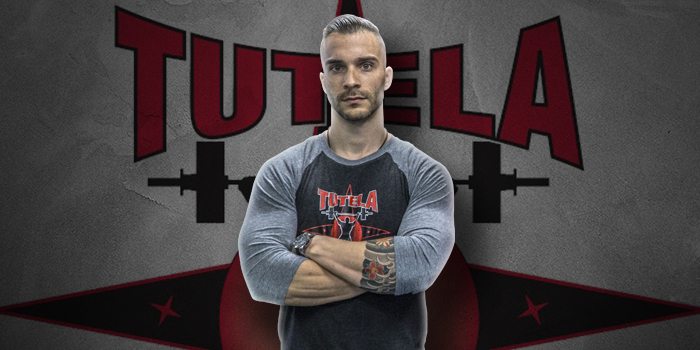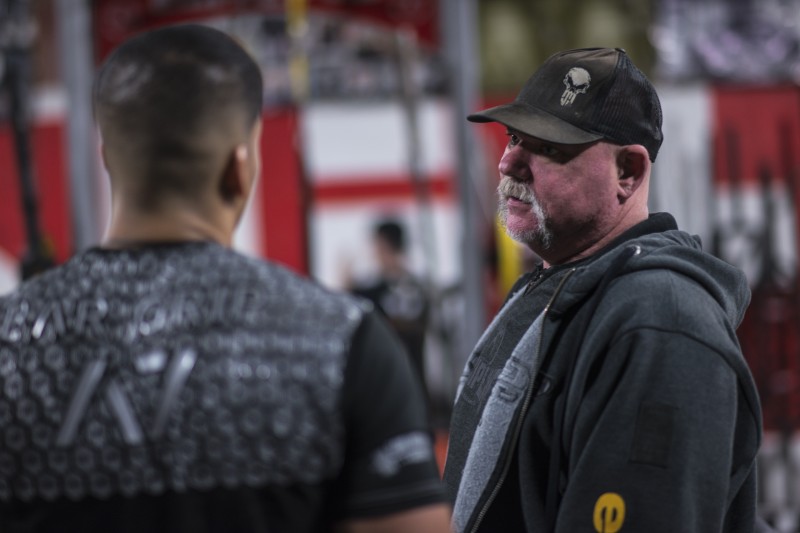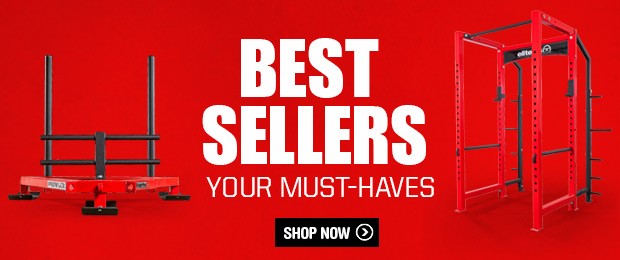
When I started in this industry back in 2006, aside from your athletes, powerlifters, and bodybuilders, most of the general population wasn’t training very hard at all. Private performance training facilities were starting to make a name for themselves and a small percentage of people were training in these “underground” warehouse type of facilities. Fast forward to 2017 and more people than ever are squatting, deadlifting, flipping tires, and climbing ropes. What used to be a subculture has now made its way to the mainstream. And that’s awesome! More and more people are training hard and living an active lifestyle, which is great.
But not so fast…
This craze of hard training has come with a price of many injuries that certainly could have been avoided. Powerlifting, Olympic lifting, and tire flipping really isn’t the best idea for a lot of the general population. Instead of thought-out progressions, people are jumping right into big movements, some of whom have never lifted a weight in their lives.
They are doing tons of sets, reps, and high-intensity circuits, which have led to various overuse injuries along with chronic systemic fatigue. Way too many people are undergoing surgeries that are directly related to their style of training. I want to make it very clear that just because something is hard, it isn't necessarily beneficial.
For example, if you take a college football player who wants to gain size and strength and do a shit-ton of high rep squats and burpees for an hour, that session will be hard as hell. However, that will not be of any benefit to that particular athlete. It will only leave them fried and weak with less muscle, more risk of injury, and chronic fatigue. On the other hand, if we were to take that same athlete and work in some heavy squats with an adequate amount of rest and proper training progressions, they would receive a much greater training response related to their goals.
The first example would be very challenging, but would only take the athlete further away from their goals. I commend the general public for being willing to put in hard work these days. But with the rise of preventable injuries, I feel it is my duty to tell you that there is a fine line between hard and stupid.
So how do you determine if your program is too easy, too hard, or just right, you ask? Well, I’m here to show you what your program should look like. Here are some things to look for to see if your coach is the real deal or full of shit.
1. Assessments and Evaluations
Before beginning any training program, a coach should sit down with you to discuss any physical limitations you may have, past injuries and surgeries, medical history, and other relevant health and body information. Then they should go through some flexibility/mobility assessments to see the areas that are tight, weak, unstable, or all of the above. Typical assessments may be a hamstring, piriformis, and hip flexor stretch along with mobility drills like a basic bodyweight squat, shoulder dislocations, etc. You should also be taken through a basic unilateral movement like a lunge and tested on a plank to check for some areas they may be unstable like the ankles, knees, and core.
If your coach doesn’t care to ask and find out about any issues you may have and puts you under a barbell on your first day of training, hop on your dirt bike Terminator 2 style and run for the hills!
2. Progressions
Next, your coach should take you through proper exercise progressions and regressions. If you are a total newbie it may be a few months before you start moving a barbell. If you are advanced you may progress to bigger movements much more quickly. However, you should begin starting at square one to see where you are and what areas you’re weak in. For example, you may start with a goblet squat rather than a barbell squat right away. This would be a much safer variation of the exercise that can help determine areas that need addressing.
The important thing is that your coach should know what to look for during particular movements and progress wisely to the next phase of your training program.
3. Purpose
As I mentioned before, if something is hard it doesn’t necessarily mean that it’s effective. Any schmuck can figure out a way to make you tired, but that doesn’t mean it will make you better.
Ask your coach questions about your program. You don’t have to challenge their knowledge, but just ask why you’re doing a particular movement or set and rep scheme. If they look at you like Beavis and Butthead it’s probably a good time to kick ‘em in the dick and get the hell out of there. (Not literally, of course. No one deserves a dick kick.)
4. Coaching
If you are in a group training program or hire a personal trainer, they shouldn’t just be screaming and yelling a bunch of mindless bullshit the whole time. I’ve seen guys screaming all kinds of nonsensical crap at their clients while they were going a quarter of the way down on a squat with a weight that they wouldn’t be able to handle after five years of proper training.
Your coach should be doing just that: coaching. Don’t mistake that for a drill sergeant.
5. Caring
If you are training with someone who doesn’t ask how your day was, how you’re doing, or give you support when you need someone to talk to, there is a good chance that they don’t really give a shit. If your coach doesn’t care about you achieving your goal more than you do, it’s time to get a new coach.
How can you expect someone to give you their all if they don’t give a damn if you ever lose another pound or not? Be aware of the bullshitters out there and make sure they prove to you that they actually care.
6. Presentation
I really shouldn’t even have to elaborate much on this one. If your coach has been sitting on the couch and eating hot dogs for the last 20 years of his or her life and you decide to hire them to train you, shame on you.
Some people, unfortunately, get into this business for all the wrong reasons. Some get into it for all the right reasons. The problem is that most people, even some high-level athletes, have a tough time differentiating between the two. A decked-out facility and a wall full of degrees don’t mean shit if they don’t have any practical experience in the trenches and can produce results for their clients and themselves.
If training is not your coach’s life, you may want to reconsider working with them. Always keep in mind that hard doesn’t necessarily mean effective, and anyone out there can make you tired. Be sure to find someone who can make you better instead.











